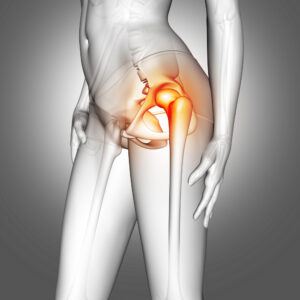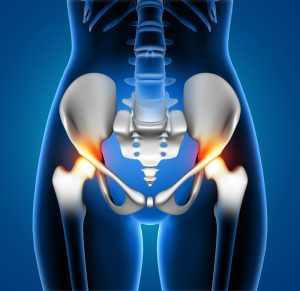Hip Fracture Treatment

By: Assoc. Dr. Ata Can
Hip Fracture Treatment
Hip fractures can lead to severe pain, loss of mobility and reduced quality of life. Hip fracture treatmentIt is a process that usually requires intensive medical and surgical intervention. Patient age, general health status, fracture type and location of the fracture affect treatment options.
Causes of Hip Fracture
With aging, bones weaken, lose minerals, and thus the risk of fracture increases. Individuals over the age of 65 are at risk of osteoporosis due to loss of estrogen.
Decreased bone density triggers osteoporosis. This weakens bones, making them more susceptible to fractures. Bone tumors or metastasized cancers can weaken bone structure and cause pathological fractures.
The most common cause of hip fracture in the elderly is falls. In individuals with low bone density, even a slight fall can cause a hip fracture. High-energy traumas, traffic accidents or falls lead to hip fractures even in individuals with healthy bones.
Not exercising regularly can reduce bone density and weaken muscle strength. This may increase the risk of fracture.
Some medications, such as corticosteroids, can reduce bone density and increase the risk of fractures when used for a long time.
Malnutrition and malnutrition can also negatively affect bone health. Especially calcium and vitamin D deficiency can lead to osteoporosis. Alcohol and smoking negatively affect bone health and can increase the risk of fractures.
Hip Fracture Diagnosis
The event that caused the fracture, areas of pain, the patient's general health condition and pre-existing health conditions are evaluated. With a physical examination, the damaged area is examined and information is obtained about the location, type and severity of the fracture.
Blood tests provide information about mineral levels in the body, kidneys and evaluate the risk.
Based on all these test and examination results, the doctor determines the type, location and treatment method of the fracture.
Some patients may be at higher risk for surgical intervention due to co-existing health conditions or their age. The doctor chooses the most appropriate treatment method by evaluating the patient's general health condition and risks.
X-ray (X-ray): It is the most commonly used imaging method in the diagnosis of hip fractures. Fractures, cracks and displacements in the bone can be seen with this method.
CT scans provide a more detailed image of the fracture and allow the fracture line and bone fragments to be seen more clearly.
Magnetic Resonance Imaging (MRI): Provides more detailed images of soft tissues and bone marrow edema.
Types of Hip Fractures
Femoral Neck Fractures: Occur in the neck part of the hip bone.
Trochanteric Fractures: They occur in the greater trochanter region of the hip bone.
Stress Fractures: May occur as a result of overuse or strain.
Pathological Fractures: May occur due to bone diseases or tumors.
Hip Fracture Treatment
Surgical treatment
Most hip fracture treatmentrequires surgical intervention. Surgery varies depending on the location and type of fracture,
Internal Fixation: Metal screws, plates and pins are used to hold the broken bone ends together.
Hip Replacement: Part or all of the broken bone is replaced with an artificial part.
Hemiarthroplasty: Only part of the hip bone is replaced, usually the femoral head.
Medical Treatment
Pain Management: Painkillers ensure the comfort of patients.
Anticoagulants: Used to prevent blood clotting.
Antibiotics: Given to reduce the risk of infection.
Rehabilitation and Physical Therapy
Mobilization: Early mobilization prevents complications and accelerates recovery.
Physical therapy helps patients with strengthening and mobility exercises.
Diet and Nutrition
A diet rich in protein, calcium and vitamin D supports bone healing.
Fluid Intake: Adequate fluid intake keeps body functions at an optimal level.
Soothing and Supportive Treatments
Psychotherapy or counseling can help patients recover from trauma.
Devices such as walking sticks and wheelchairs can increase mobility.
Home Care and Lifestyle Changes
Preventing Falls: Hazards in the home should be minimized to reduce the risk of falls.
Exercise and Activity: Daily activities and regular exercise maintain overall health and bone density.







